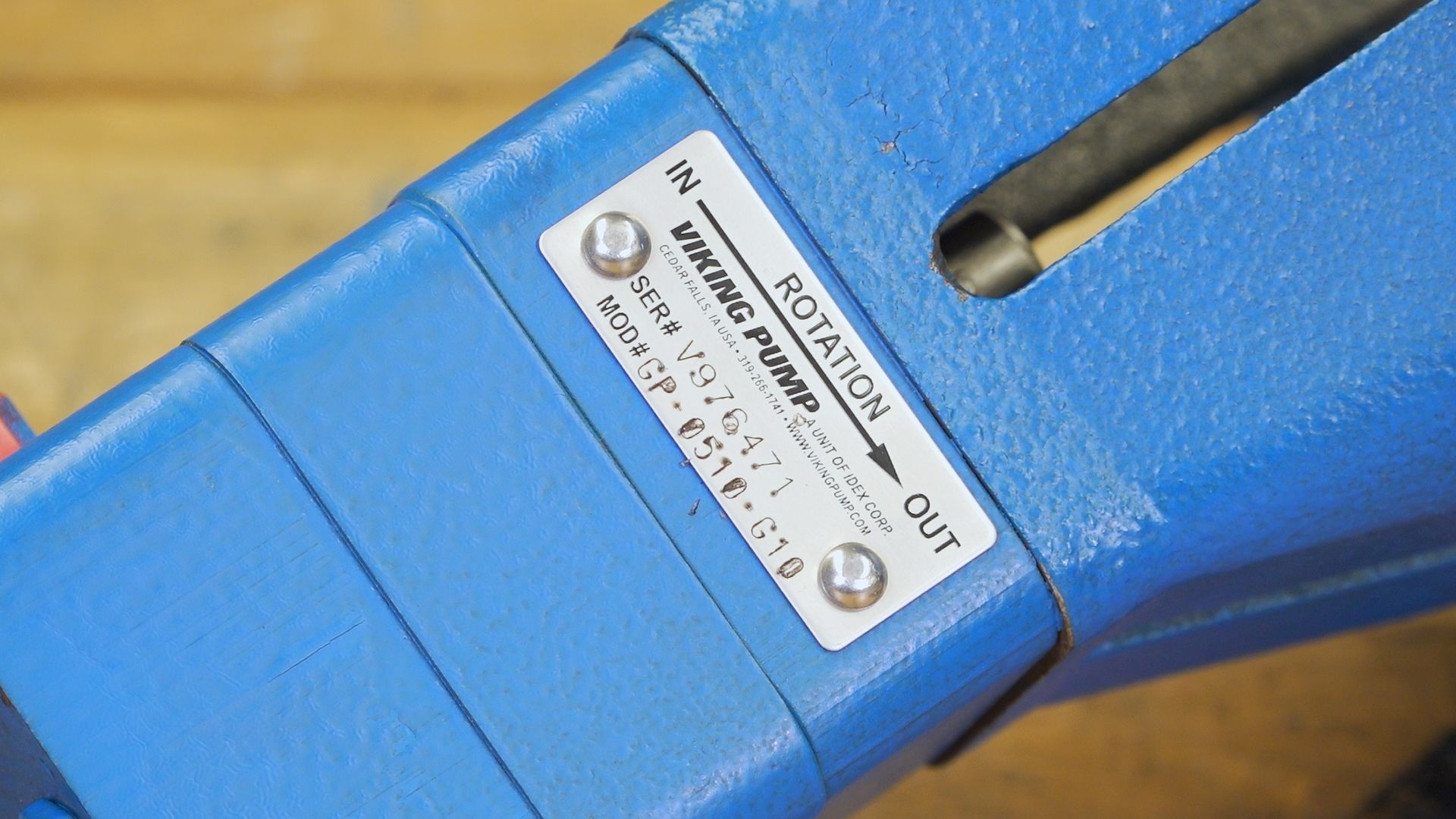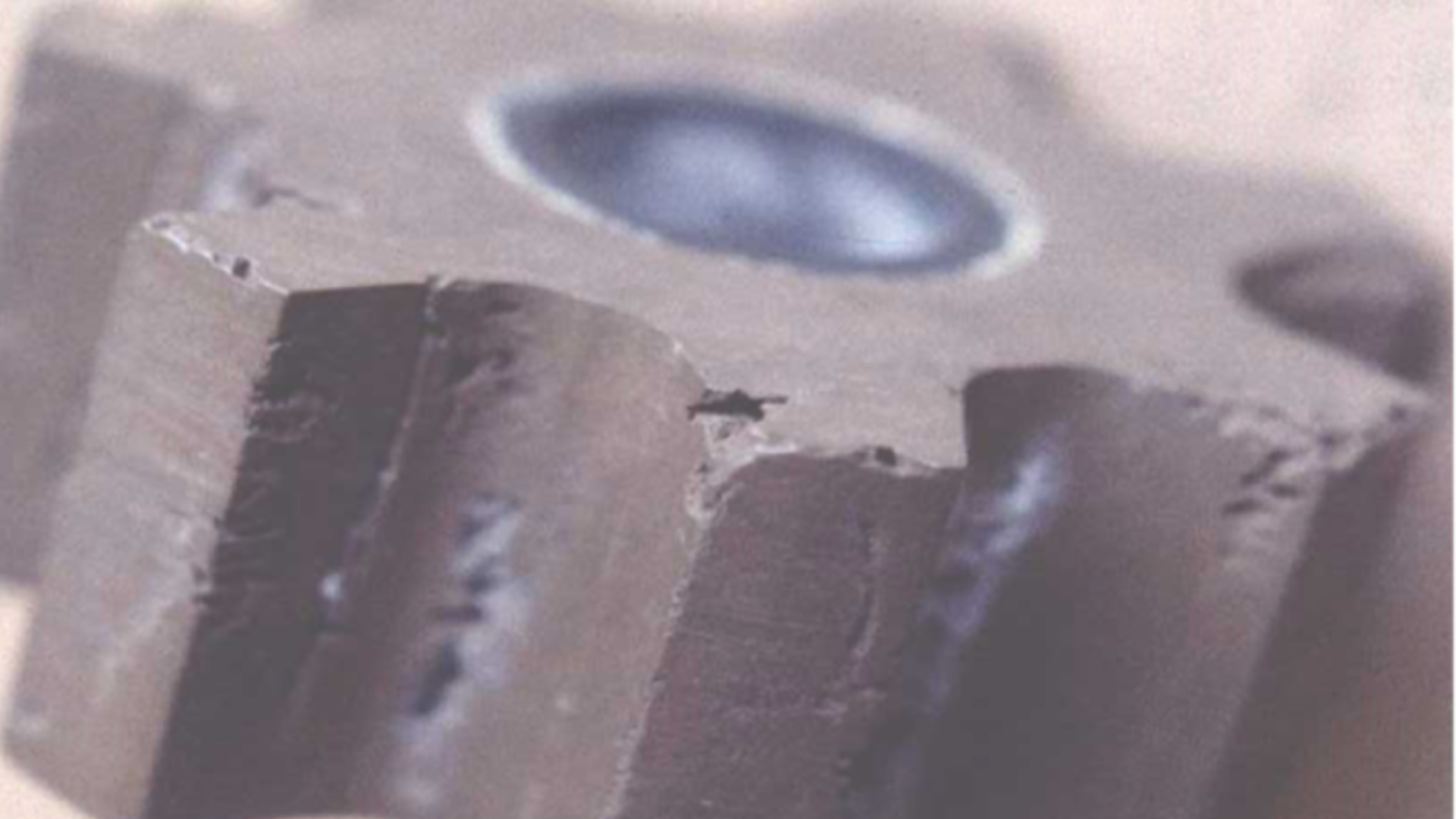
Reversing a Gear Pump
With Viking pumps the answer is usually “yes,” but before you turn that “reverse” switch on your pump’s motor starter or variable frequency drive, there are a number of things to consider, which are discussed here
Can I reverse a pump to change direction of flow?
With Viking pumps the answer is usually “yes,” but before you turn that “reverse” switch on your pump’s motor starter or variable frequency drive, there are a number of things to consider, which are discussed here.







